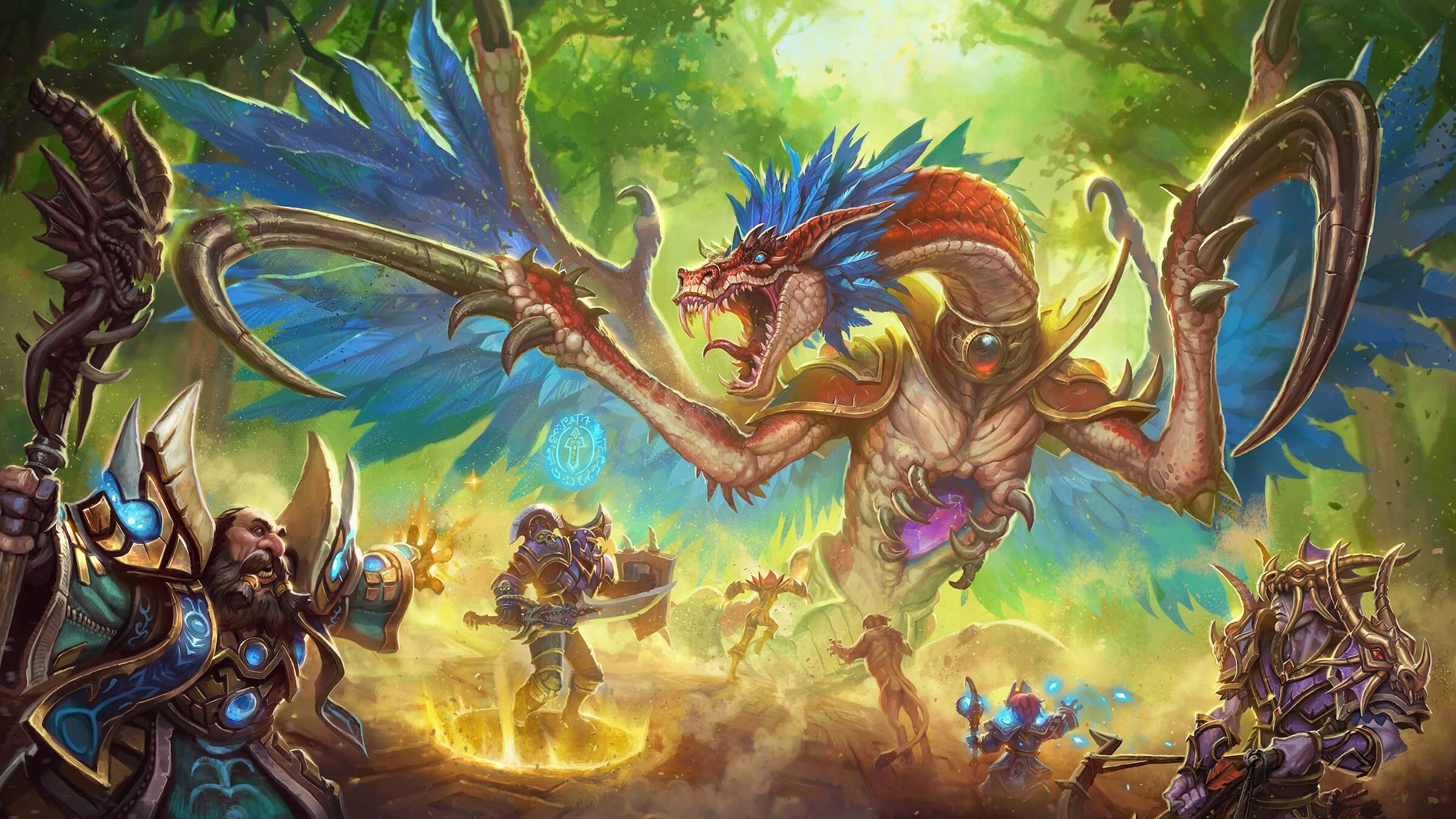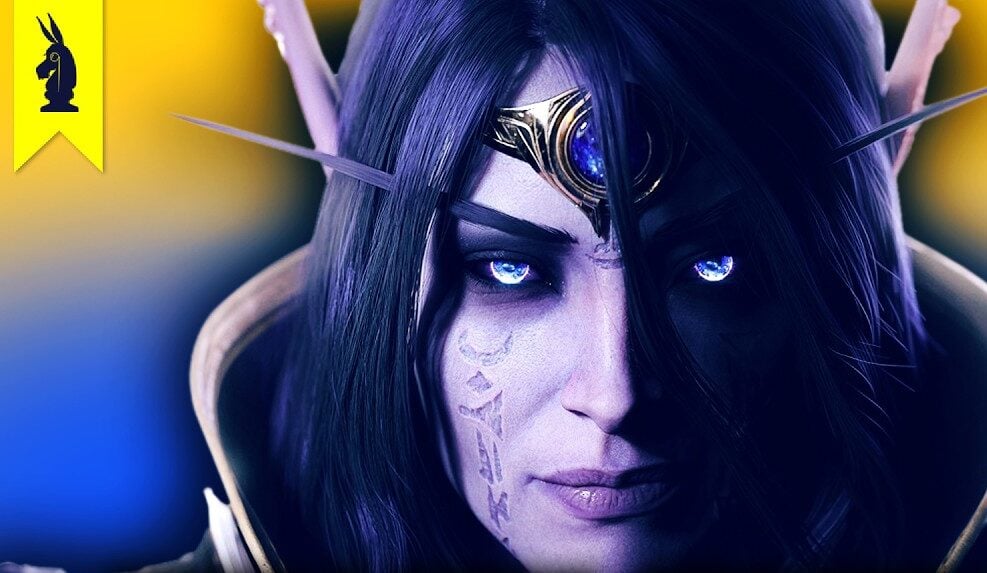World of Warcraft isn’t just a game, it’s a cultural phenomenon that has influenced millions of lives around the world. Launched in 2004, WoW grew to 12 million subscribers by 2010 and has remained relevant to this day.
Our friends over at Wisecrack took a look at exactly this, delving into WoW’s history, its present, and peeking into the future as well, asking the (slightly hyperbolic) question: does WoW have the power to save civilization?
The video offers both a philosophical and personal look at the game, and shares some stories of how games, and WoW in particular, can affect and help us get through some tough times. From “ludic identities” to Scrubs references, it really offers a wide variety of world views. It’s also a really fascinating and fun look, so let’s get to it!
The Power of Identity: From Narrative to Play
Philosopher Paul Ricœur introduced the concept of narrative identity – the stories we tell and shape who we are. In WoW, players build ludic identities, experimenting with new selves through gameplay. Unlike traditional media, WoW lets players become their idealized versions, exploring personality traits that differ from their real-world personas.
Video Games as Self-Exploration Tools
Sherry Turkle argues that video games endgame people in ways passive media can’t. The immersive nature of WoW has a profound impact on personal growth, allowing players to identify through action. This can lead to real-life transformations as players navigate the virtual world’s moral choices and social dynamics.
WoW as a Community
WoW isn’t just about slaying dragons, it’s a community! Players for friendships, join guilds, and participate in team-based activities like dungeons and raids. These social interactions mirror real-world teamwork and trust-building, creating a sense of belonging beyond the screen.
Reflecting Society: Lessons from the Corrupted Blood Incident
In 2005, WoW experienced a virtual pandemic called the Corrupted Blood incident. The in-game disease from Hakkar the Soulflayer spread outside of the raid rapidly, providing a fascinating glimpse into human behavior during crises. Scientists even used this event to model real-world disease responses, highlighting WoW’s unique ability to simulate real societal dynamics.

Real-World Applications of WoW
WoW’s complexity goes beyond entertainment. It’s been used in studies on leadership, teamwork, and even epidemiology. Many argue that leading a guild in WoW requires skills comparable to those of a high-level business executive. From shaping identities to simulating societal issues, World of Warcraft does more than entertain. It reflects and influences the real world. Whether you’re a long-time player or someone interested in video games’ cultural impact, WoW offers valuable insights into how digital worlds can shape human experience.
And so through exploring Azeroth we can, in fact, explore ourselves as well, as a form of therapy. It’s not so much escapism as it is a different lens through which to shape yourself. You don’t need to look too much further than the recent Race to World First to find the joy and camaraderie aspect of the game. And getting that particular final boss down sure does look cathartic! Also the video ends with Leeroy, so it’s automatically good in our book.
That was quite the ride, and we hope you enjoyed it (both the video and the WoW journey itself).
